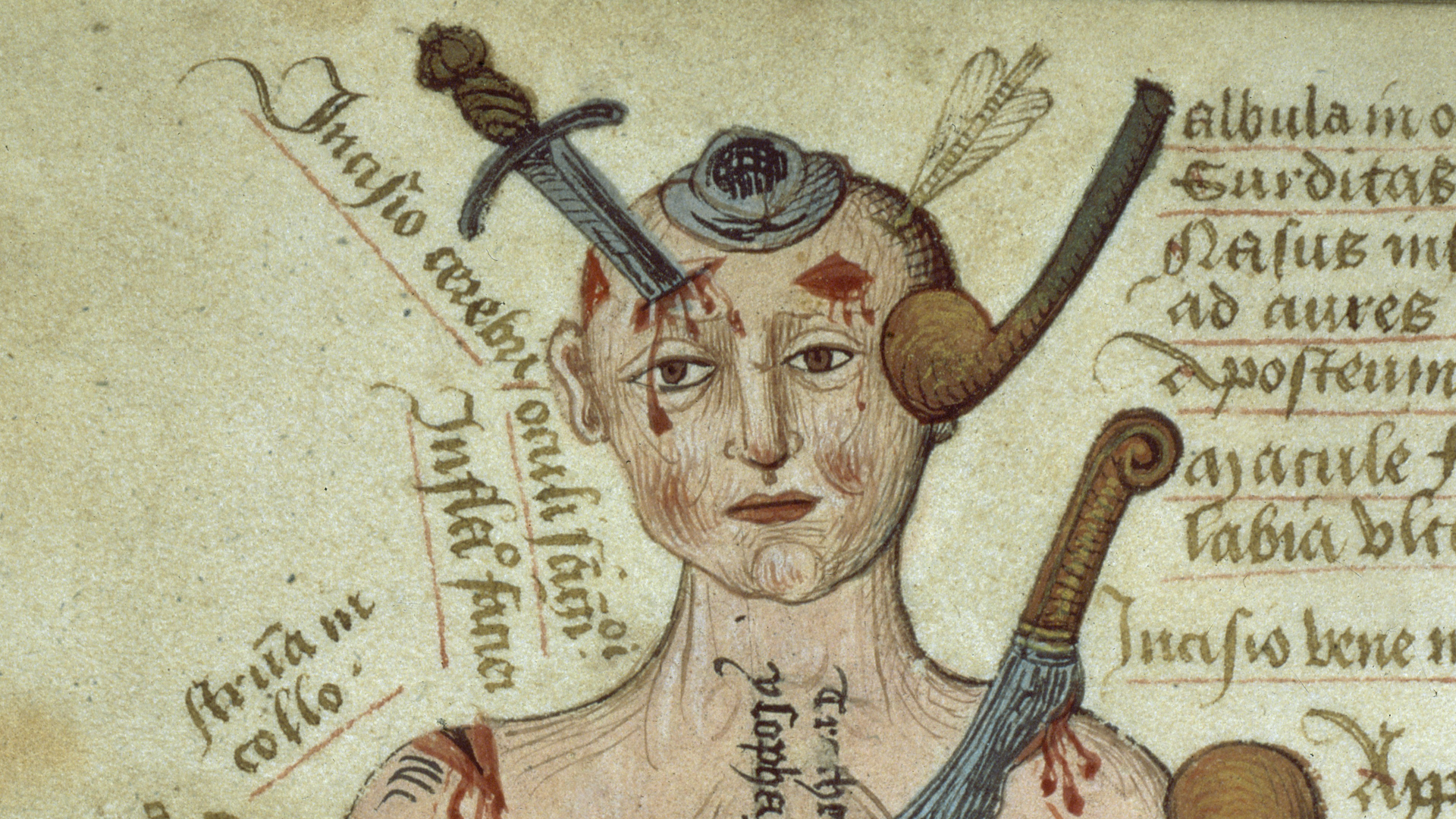When the body became data: historical data cultures and anatomical illustration

Abstract
With changing attitudes around knowledge, medicine, art, and technology, the human body has become a source of information and, ultimately, shareable and analyzable data. Centuries of illustrations and visualizations of the body occur within particular historical, social, and political contexts. These contexts are enmeshed in different so-called data cultures: ways that data, knowledge, and information are conceptualized and collected, structured and shared. In this work, we explore how information about the body was collected as well as the circulation, impact, and persuasive force of the resulting images. We show how mindfulness of data cultural influences remain crucial for today's designers, researchers, and consumers of visualizations. We conclude with a call for the field to reflect on how visualizations are not timeless and contextless mirrors on objective data, but as much a product of our time and place as the visualizations of the past.
Authors
Laura A. Garrison
Citation
When the body became data: historical data cultures and anatomical illustration
Michael Correll and Laura A. Garrison. Proc. CHI Conference on Human Factors in Computing Systems—CHI. 2024.
Khoury Vis Lab — Northeastern University
* West Village H, Room 302, 440 Huntington Ave, Boston, MA 02115, USA
* 100 Fore Street, Portland, ME 04101, USA
* Carnegie Hall, 201, 5000 MacArthur Blvd, Oakland, CA 94613, USA

